
21 Jun Eibach Meet, Part Two: Engine Bays That Mean Business
Engine bays of 30 Hondas we need you to know about.
By Aaron Bonk
You come to the Eibach Meet for the wheels you can’t afford but you stay for the engine bays. And that’s a good thing because horsepower will always be cooler than 25-year-old chunks of Japanese aluminum. The following are the top 30 engine bays you ought to care about, in no particular order.
And when you’re done with all of this, be sure to check out Eibach Meet, Part One: Going Faster, here.
A lot of times, simple's better. Not simple as in rerouting a whole bunch of high-pressure hydraulic lines smack dab in front of the driver's seat so nobody can see them underneath the hood or rerouting wiring loom to some unserviceable depths of the fender wells, but simple as in hanging onto things like that factory distributor with its native plug wires and most of the Integra's original fuel system.
There's a reason this H-series swap looks so at home within this fourth-generation Accord's engine bay and that's because, true to Honda's 1990s form, Preludes and Accords had more in common than they should've. Although some aftermarket bits have been used here, the whole swap can be completed all with factory pieces.
Supercharged four-cylinder Hondas have come a long way since the days of Jackson Racing's early B-series blowers. Older Roots-style systems like these were negligibly more powerful than a well-planned naturally aspirated setup. That's all changed, though, and that's mostly because of the centrifugal Rotrex superchargers that companies like Jackson Racing use today that can take on many turbo systems.
Stick the right K-series underneath the hood of any '02-'05 Civic Si and there's no longer any good reason to hate it. Yeah, you can always complain about its MacPherson struts that replaced Honda's infamous double-wishbone suspension, but you've also never tracked your car to even recognize the difference.
Honda's first B-series engine to be introduced to the U.S. by means of the 1990 Integra, the B18A1stuck around in some manner for 12 model years and changed very little. Also, we don't normally get excited over knick-knacks, but that presumably DIY plug-wire cover reminiscent of those found on Honda's DOHC VTEC engines is a nice touch.
In hindsight, the '97-'01 Prelude is better than anybody almost 20 years back ever thought. For late-1996, though, it was overpriced compared to cars like the Integra GS-R or impending 1999 Civic Si, was heavier, and featured Honda's optional ATTS (Active Torque Transfer System) that might've been just a little ahead of its time.
It's easy to feel sorry for the Honda engineer that developed the B18C's dual-stage intake manifold. Its internal butterfly valves essentially created two different plenum sizes that yielded the best compromise between low-end torque and top-end power and has since been yanked off by nearly every person who's ever modified a B18C. Except this guy.
Getting the Integra Type R's intake manifold to fit onto GS-R cylinder heads before aftermarket versions like these were made available was a real chore. The bolt pattern had to be rearranged, a coolant passage had to be modified, and a good section of its mounting flange had to be lopped off. Do it right and you didn't end up with a violent vacuum leak.
Nothing but Hondas. That’s exactly what you’ll find at VTEC Academy. Not because some of the other automakers’ cars that inherently drain the life out of the driving experience bore us, but because Soichiro Honda’s passion for motorsports and his company’s ability to express that in the machines they produce make a whole lot of sense.
VTEC Academy is a place for Honda fans who feel the same way and who seek the most accurate technical information and commentary to continue that very legacy and make whatever Honda it is that they drive just a little bit better. And faster.
The editors and contributors of VTEC Academy are some of the industry’s most experienced and trusted, which means the informative, unique perspectives you need are all right here. And, like you, we’re also obsessed with Hondas.
So, subscribe to our channel and hit us up at vtecacademy.com or, if you’re into social media, you can get your daily dose of VTEC Academy on Instagram, Facebook and Twitter. We’re always on the look out for cool and fast Hondas.


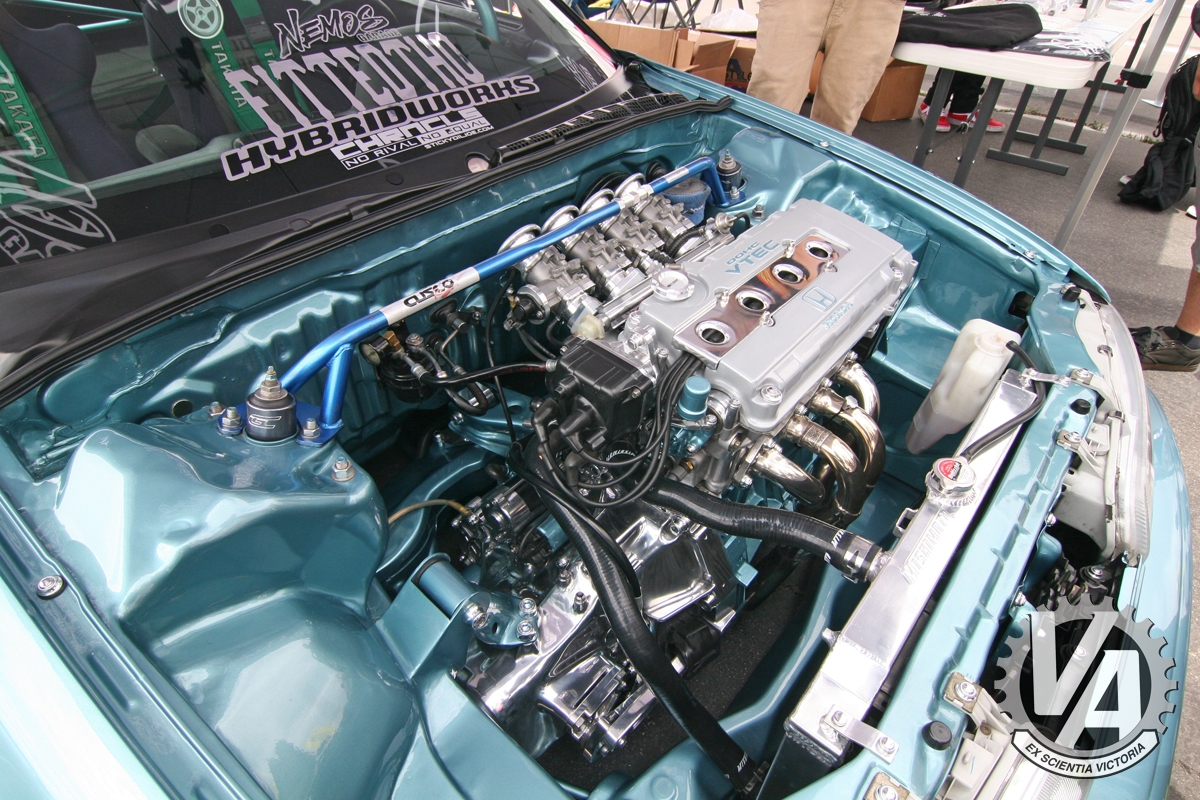




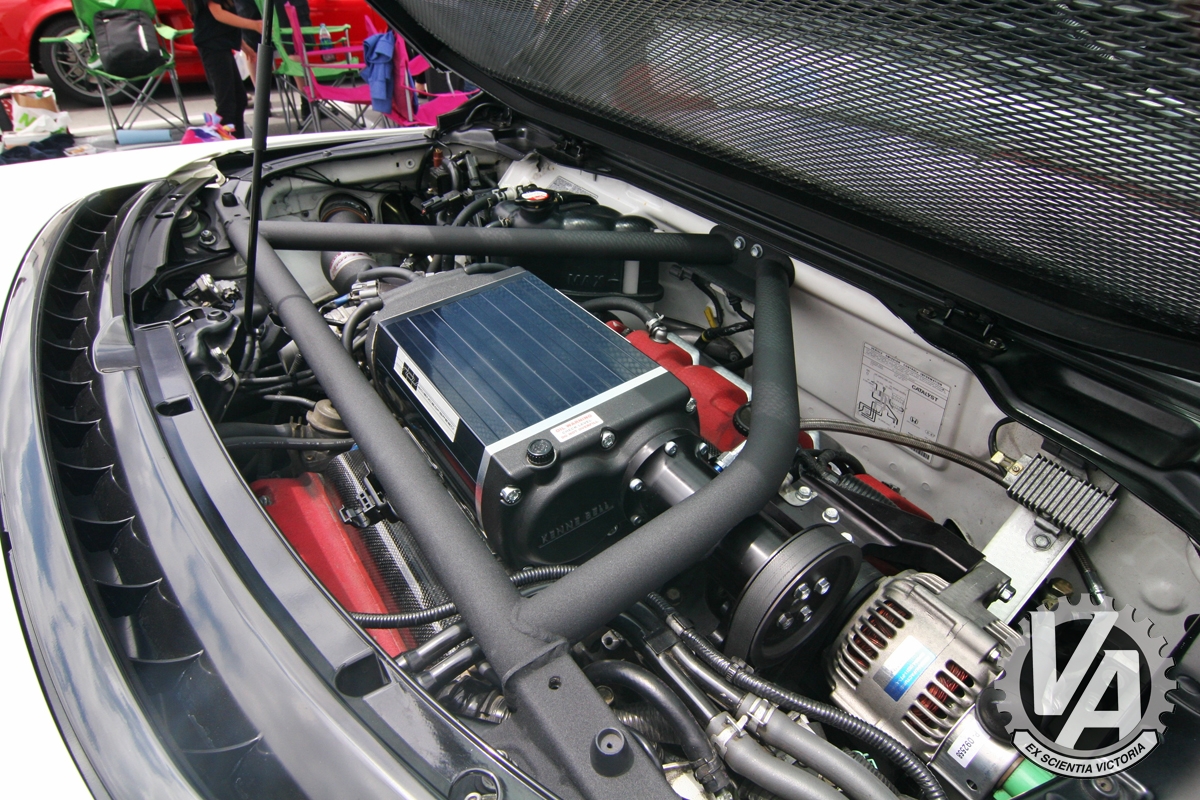

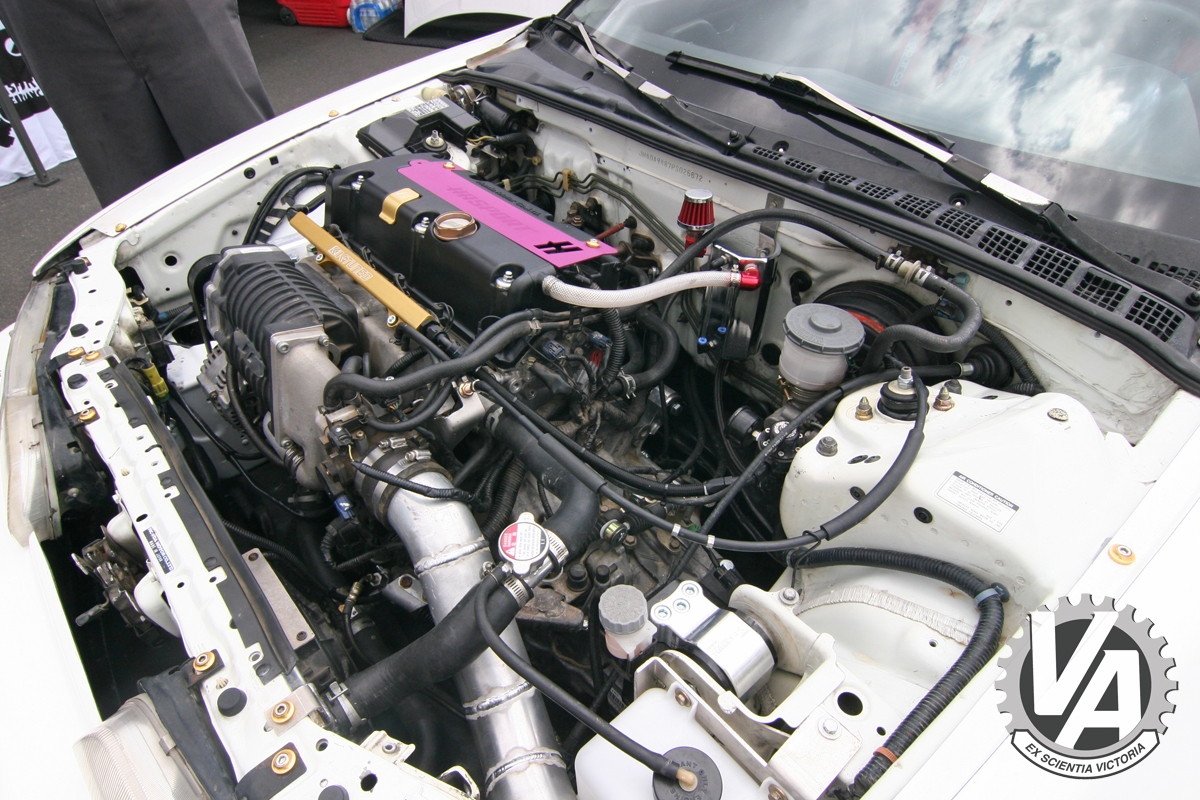

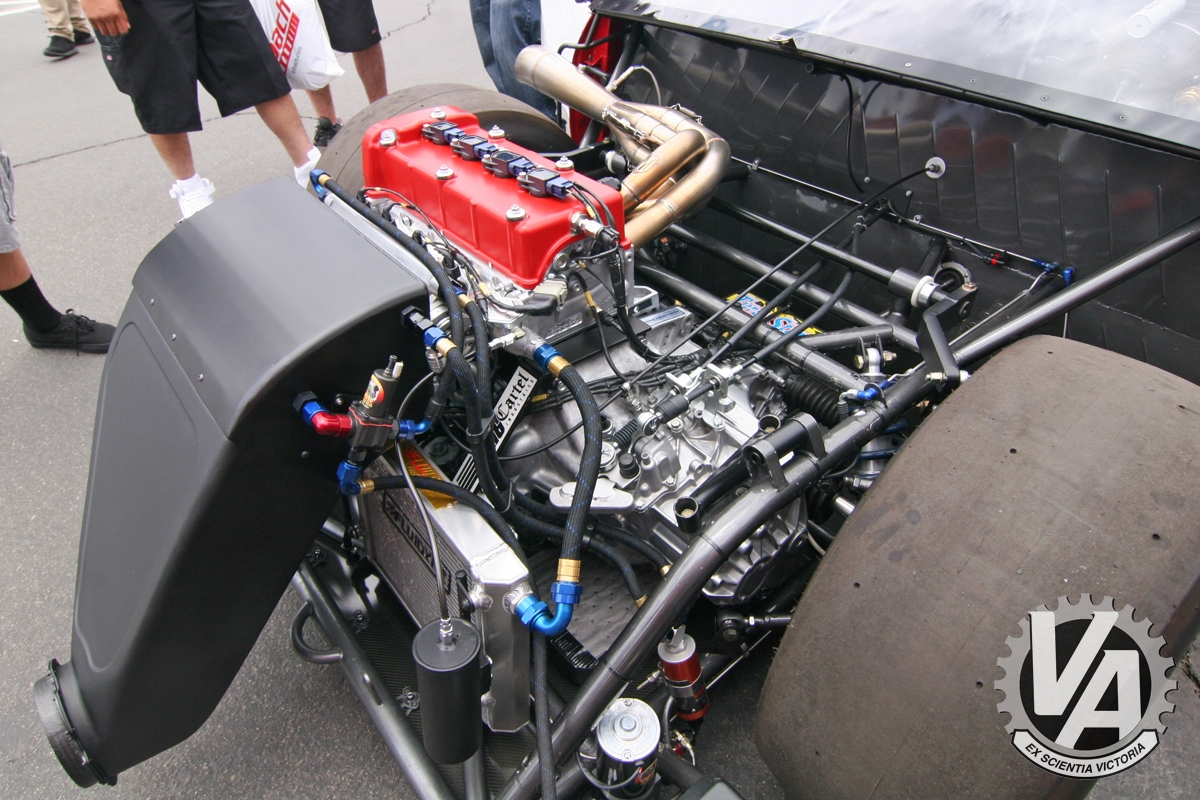

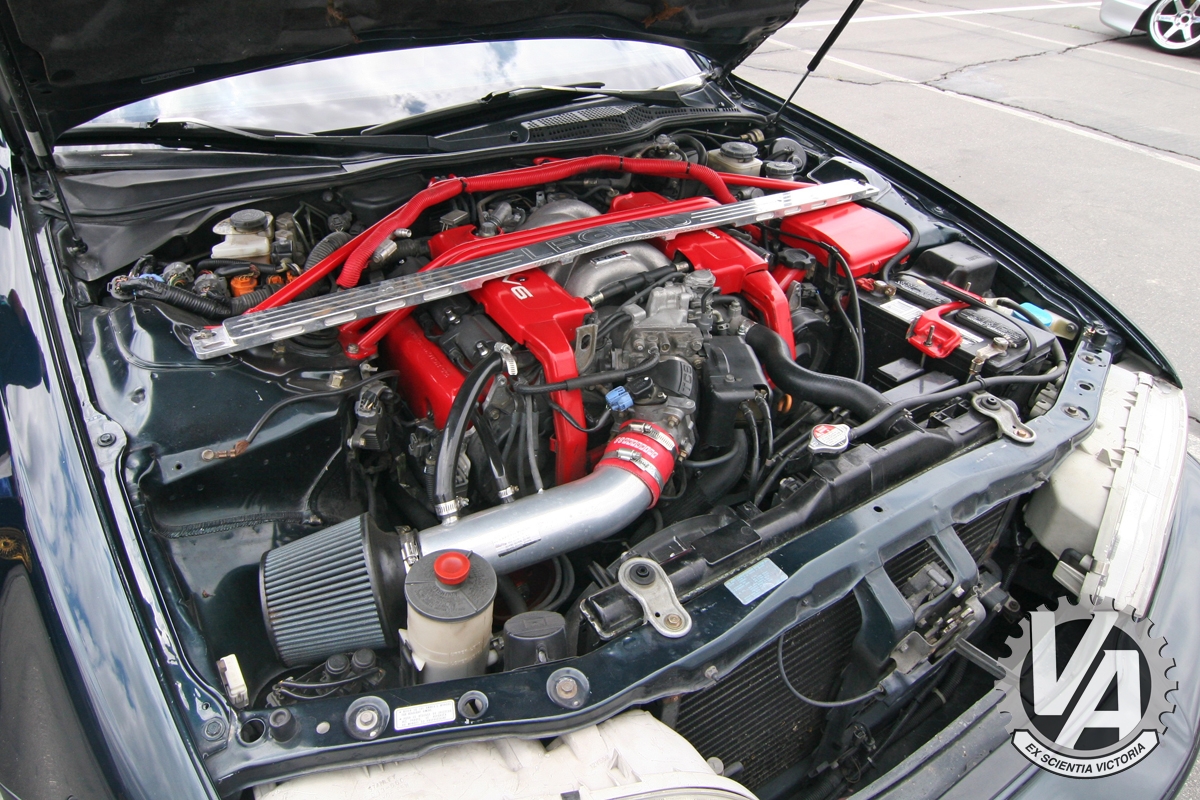




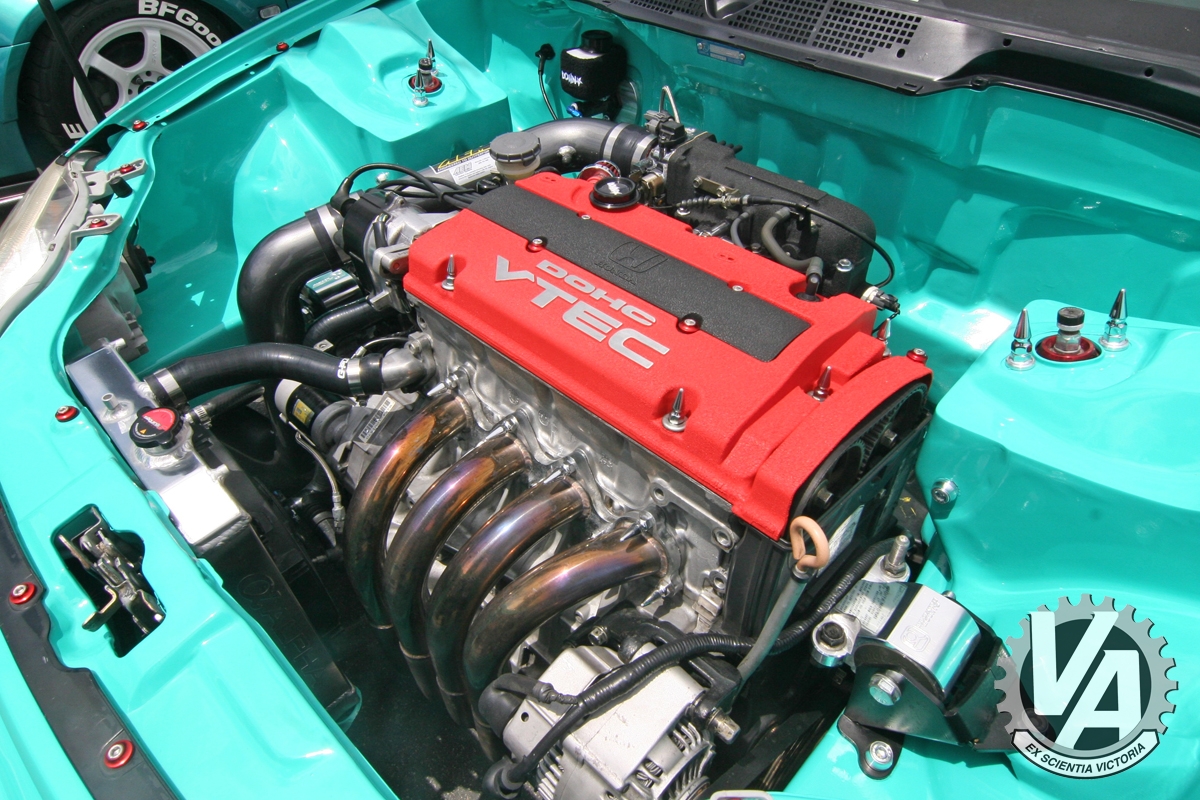








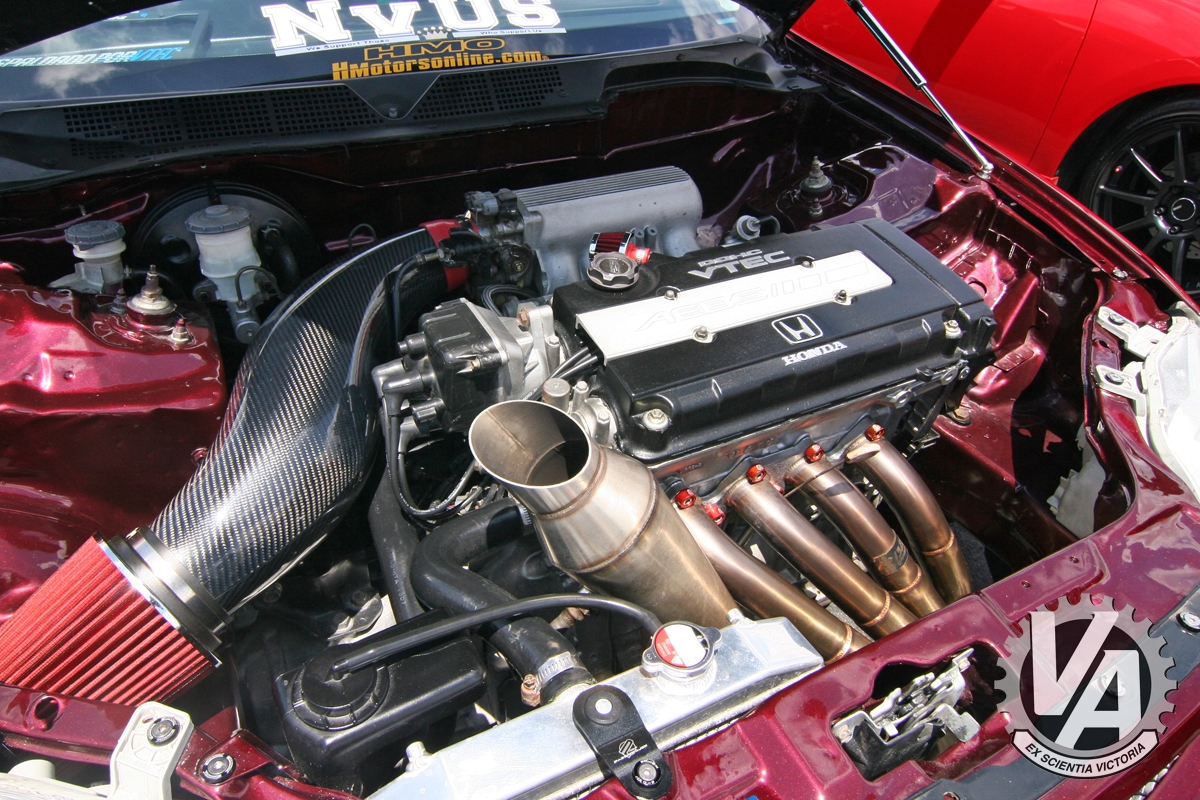



No Comments